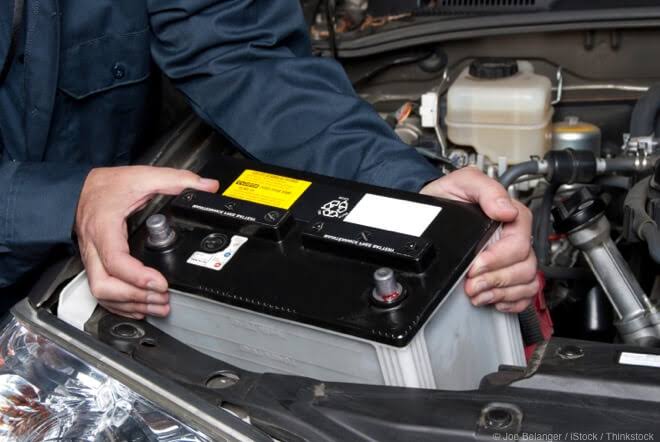A lack of maintenance of a vehicle or its poor performance, as well as the passing of time or the exposure of the vehicle to different agents such as saltpeter, sun, sand or humidity, can lead us to find that our car will not start.
Although the most short-sighted may have a pair of pliers in the trunk of their car in case this happens to them, it is important to remember that it is a tool that must be used with great care, as a bad connection can cause serious damage to the vehicle's electronics. . _ That is why we are going to explain how to start a car with pins if it runs out of battery, so that you can do it without any risks.
How to start a car
When starting the car with clamps after the battery is dead, it is very important to know the order in which to connect and disconnect the cables from both the negative and positive poles, otherwise a serious failure may occur.
First of all, you need to be aware that the clamps must be of good quality, with thick handles and in perfect condition. This type of equipment has two colors, red for the positive pole and black for the negative pole. This must be taken into account to avoid making a serious mistake.
Likewise, it must be borne in mind that the cars must not touch each other, as the only connection that must exist between the two vehicles that are part of the process will be that made by the clamps themselves.
Once both vehicles have their respective hoods open, you need to make sure which are the positive and negative terminals. Once this is done, you should, with the engines off, first place the clamp of the positive terminal of the discharged car battery on one end and then the positive terminal of the charged car on the other. Then, start by connecting the cable of the negative pole to the negative terminal of the charged car first and connect the other end to the negative terminal of the discharged car battery.
In vehicles that have an intelligent load sensor, it is advisable not to place the negative clamp exactly on the same negative pole of the battery. In this case, you should look for a more distant location that, in general, the manufacturers themselves enable for this. Likewise, you must be very careful not to leave the clamps on top of the batteries while the process is being carried out, as this can be very dangerous. Likewise, the positive clamp should never be left anywhere in the car while it is being handled.
Once the clamps are in the correct place, you should start the car with the good battery, and then do the same with the car with the discharged battery. Once you have charged it, you will have to proceed in exactly the opposite direction to what you did to install the cables, starting by removing the negative terminal from the car that was charged.
The average lifespan of a battery is around five years, but following a series of tips will allow you to extend its useful life, among which we should highlight the following:
Avoid parking in places with extreme temperatures: it is normal for cars to run out of battery in winter due to the cold, but high temperatures also contribute to reducing its useful life.
Start by pressing the clutch: this way the battery will only have to start the engine and it will work less. If you don't press it, you will also have to move the transmission system. Don't turn on unnecessary systems: when the engine is running, it is the alternator that supplies electricity to the vehicle. If too many electrical systems are connected, it can get to the point where there is not enough capacity for this. However, this is currently a rare problem.
Avoid leaving your car parked for too long: if your car is parked, the battery tends to discharge. Therefore, it is recommended to start it at least once a month, driving at least 30 kilometers on the highway.
Don't turn anything on with the engine off: being inside the vehicle with the engine off and the interior lights on or listening to the radio also reduces the battery's lifespan, especially when it is no longer in its best condition or when it is very cold. Avoid this as much as possible.
Avoid driving short distances: the moment when the battery is most stressed is when starting off, and it takes several minutes for the alternator to recharge it. Therefore, if you drive short distances at low revs, you will prevent the alternator from charging properly, which will reduce its useful life.
Pay attention to the terminals: sometimes a white crust can form on the battery terminals. This must be removed as it reduces the battery's lifespan. To do this, all residue must be removed with a metal brush, water and baking soda, and then protected with neutral petroleum jelly on the terminals themselves.

